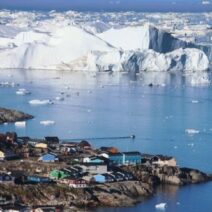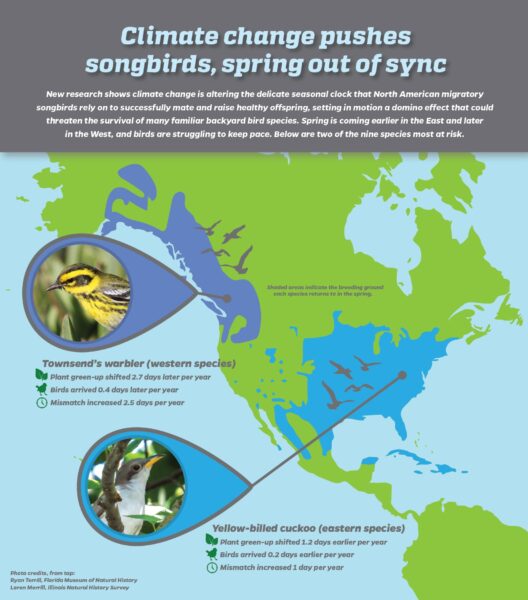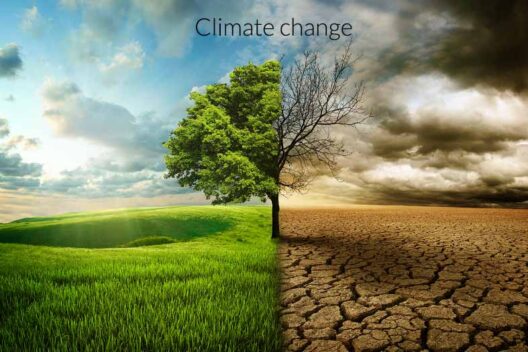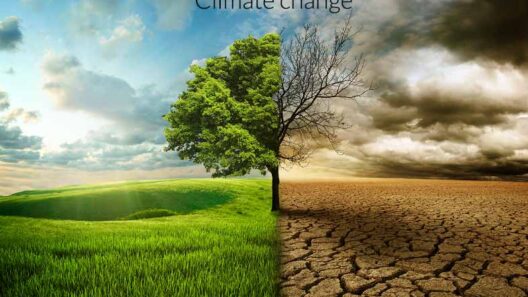In recent years, the terms “global warming” and “climate change” have been ubiquitous in discussions regarding environmental perturbations. However, many individuals conflate these two concepts, often overlooking the nuances that distinguish them. This discourse aims to clarify the definitions and implications of global warming and climate change, elucidating their interconnectivity while also highlighting their distinctive features.
To begin with, we must define global warming. Primarily, global warming refers to the long-term increase in Earth’s average surface temperature due to human activities, predominantly the emission of greenhouse gases (GHGs). These gases, such as carbon dioxide, methane, and nitrous oxide, trap heat in the atmosphere, creating what is commonly referred to as the “greenhouse effect.” This phenomenon has reached alarming levels, with average global temperatures rising about 1.1 degrees Celsius since the late 19th century, as reported by climate data aggregators.
On the other hand, climate change encompasses a broader spectrum of alterations in the Earth’s climate system. While global warming is undoubtedly one facet of climate change, the latter incorporates various changes such as shifts in precipitation patterns, increasing frequency of extreme weather events, sea-level rise, and even alterations in ecosystems and wildlife habitats. Essentially, all global warming is climate change, but not all climate change is global warming.
To delve deeper into this distinction, it is imperative to explore the ramifications of global warming and its contributing factors. The primary mechanism behind global warming is the excessive burning of fossil fuels, deforestation, and industrial activities, all of which have markedly increased greenhouse gas concentrations in the atmosphere. This escalation leads to several consequences, the most pressing being the amplification of heat waves, which exert stress on human health, agriculture, and water resources.
Moreover, global warming catalyzes the melting of polar ice caps and glaciers. The ensuing rise in sea levels threatens coastal communities and ecosystems. In addition to the physical impacts, social repercussions are profound. Communities dependent on stable weather patterns face existential threats as crop yields decline and water scarcity increases, potentially leading to resource-driven conflicts.
In contrast, climate change encompasses a myriad of effects beyond mere temperature elevations. It includes disruptions in weather patterns, which can lead to droughts in some regions while causing unprecedented rainfall and flooding in others. This duality illustrates the paradoxical nature of climate dynamics. For instance, areas that have long enjoyed temperate climates may find themselves grappling with drought, while previously arid regions experience increased flooding, highlighting the unpredictability of climate systems.
This variability brings us to an integral component of climate change, the concept of feedback mechanisms. Feedback loops can either amplify or diminish the effects of climate change. For Instance, as ice melts in the Arctic, less sunlight is reflected back into space, thus exacerbating warming — this is a positive feedback loop. Conversely, increased vegetation in some regions can absorb more carbon dioxide, thus serving as a mitigative force against climate change; this is a negative feedback loop. Recognizing these mechanisms enriches our understanding of the complexity inherent in climate systems.
Furthermore, it is crucial to consider the socio-economic dimensions of both global warming and climate change. The ramifications are not uniform across the globe; poorer nations, particularly those with limited adaptive capacity, bear the brunt of climate impacts despite contributing negligibly to global emissions. This disparity raises ethical questions about responsibility and justice in mitigating and adapting to these changes.
Furthermore, the interplay between global warming and climate change highlights the urgency of implementing policies that address both immediate and long-term environmental challenges. Adaptation strategies, such as investing in resilient infrastructure and sustainable agricultural practices, are paramount. Simultaneously, mitigation efforts — such as transitioning to renewable energy sources, enhancing energy efficiency, and reforestation — are critical to curtailing the trajectory of global warming.
Education plays a transformative role in addressing the complexities surrounding global warming and climate change. By fostering a deeper understanding of their distinctions and interrelations, individuals and communities can mobilize towards collective action. Scientific literacy empowers societies to engage in informed discussions, promoting awareness of both personal responsibilities and the broader systemic changes required to combat climate issues effectively.
Indeed, as we navigate the intricate web of climate dynamics, it becomes apparent that understanding the relationship between climate change and global warming is not merely academic; it is a call to action. Awareness breeds accountability, and acknowledgment of the havoc wreaked by our actions compels us to take responsibility. As stewards of the planet, it is our duty to advocate for realistic solutions tailored to mitigate global warming while simultaneously adapting to the multidimensional nature of climate change. Ignorance is a luxury we can no longer afford, as the interwoven fates of humanity and the planet rest on our collective choices.
In conclusion, while global warming is a critical aspect of climate change, equating the two oversimplifies the complex dynamics at play. Recognizing the differences, while also appreciating their interdependencies, enables a more nuanced approach to tackling the environmental challenges we face. Each facet presents unique challenges and opportunities for intervention, necessitating a blend of mitigation and adaptation strategies to foster resilience in our communities and ecosystems alike.





